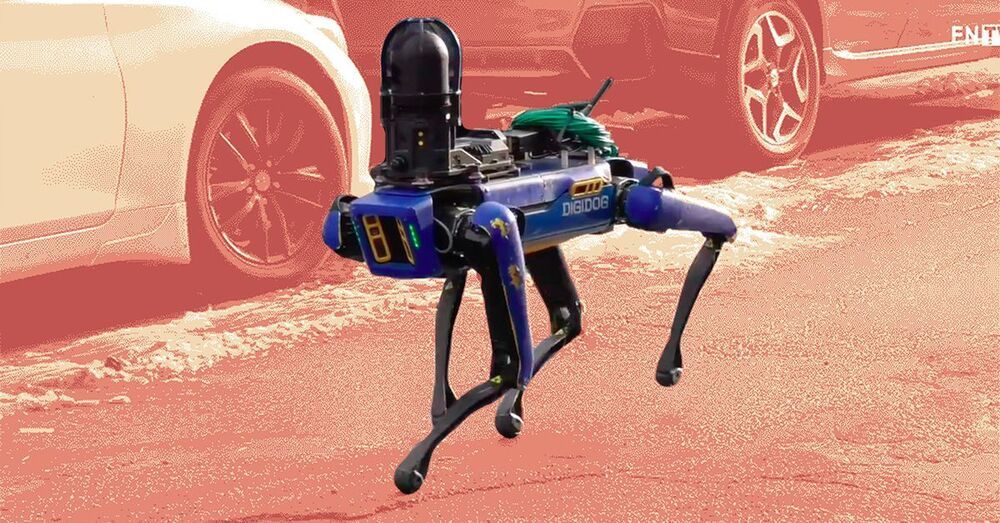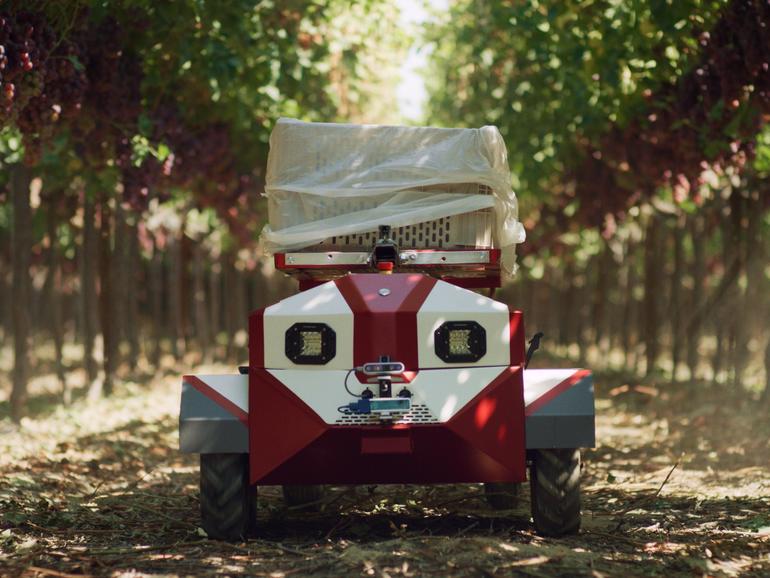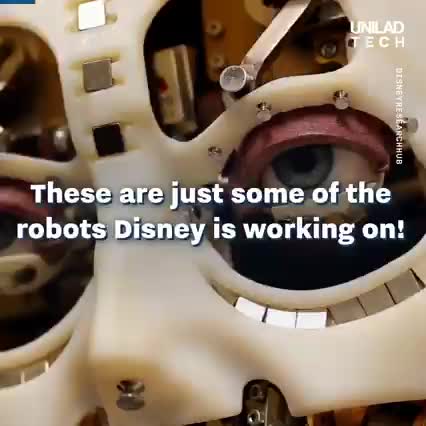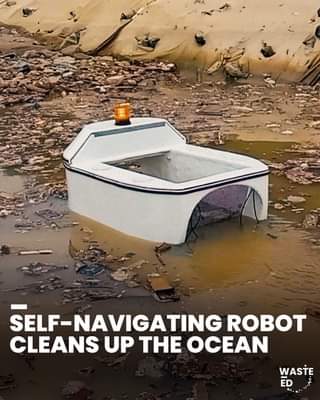The Trevor Project, America’s hotline for LGBT youth, is turning to a GPT-2-powered chatbot to help troubled teenagers—but it’s setting strict limits.



Great new episode with the details on how NASA JPL’s successful Mars rover program kept the Perseverance rover on track. JPL chief engineer Rob Manning gives us an inside look at the strategies NASA used to make sure the latest rover made a spectacular landing.
NASA’s Rob Manning, JPL’s Chief Engineer, discusses management, logistics, innovation and the future of robotic Mars exploration in this unique episode. With this week’s successful landing of the Perseverance rover on an ancient river delta, NASA ups its game at a time when the rest of the country badly needs some encouraging news. Manning talks about how JPL keeps itself on track when finessing complicated billion-dollar initiatives.

A video of Martian Ripples in the highest quality. All the images you’re going to see are taken by NASA rovers and orbiters in Mars, boosted in quality with AI technology.
The wind has shaped the Martian landscape for much of its history and continues to play a major role today. Here we analyzed Martian Ripples and the similarities they have the ripples here on Earth.
Other information that can be found in this video:
📌- Real images of Martian Ripples.
📌- The density of the Martian Atmosphere.
📌- How these ripples are created?!
📌- Size of Martian Ripples.
📌- Rover’s Tire Track on Mars (image)
📌- Perseverance rover mission.
A team of researchers at Uber AI Labs in San Francisco has developed a set of learning algorithms that proved to be better at playing classic video games than human players or other AI systems. In their paper published in the journal Nature, the researchers explain how their algorithms differ from others and why they believe they have applications in robotics, language processing and even designing new drugs.
FEATURE (THE CONVERSATION) — The history of humans’ use of technology has always been a history of co-evolution.
Philosophers from Rousseau to Heidegger to Carl Schmitt have argued that technology is never a neutral tool for achieving human ends. Technological innovations – from the most rudimentary to the most sophisticated – reshape people as they use these innovations to control their environment. Artificial intelligence is a new and powerful tool, and it, too, is altering humanity.
Writing – and later, the printing press – made it possible to carefully record history and easily disseminate knowledge, but it eliminated centuries-old traditions of oral storytelling. Ubiquitous digital and phone cameras have changed how people experience and perceive events. Widely available GPS systems have meant that drivers rarely get lost, but a reliance on them has also atrophied their native capacity to orient themselves.



